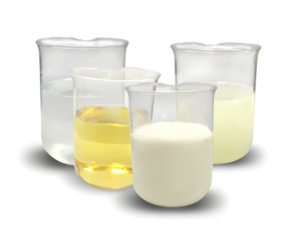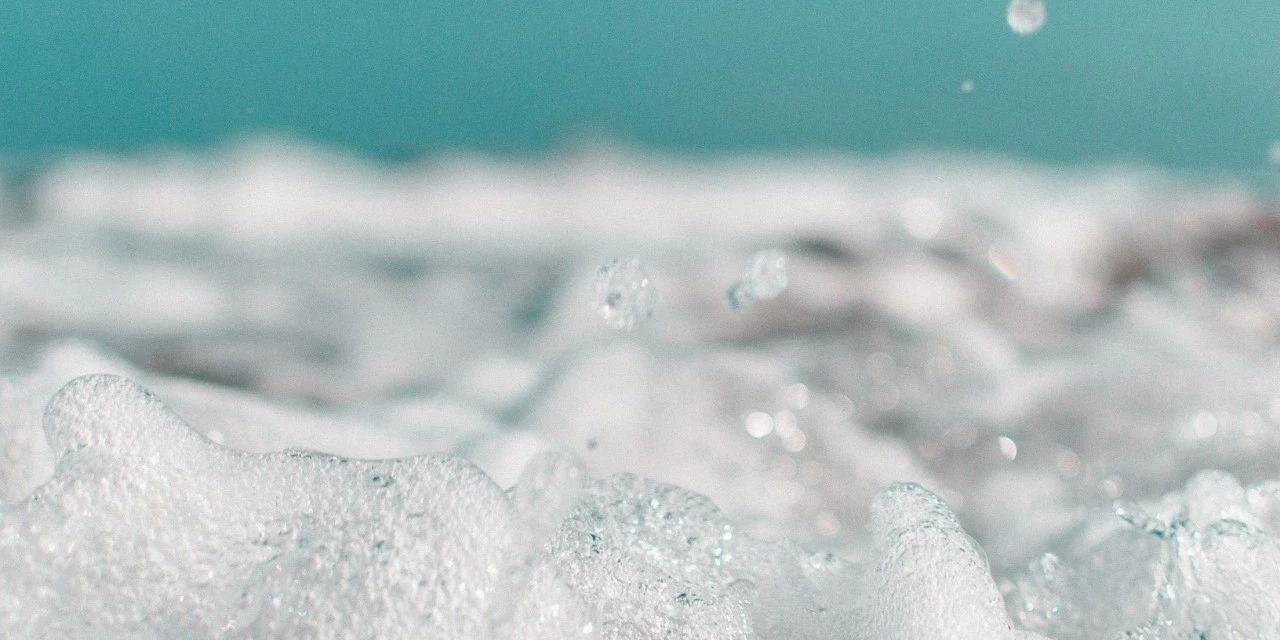Do you know what is the most commonly used defoaming agent?
Bubbles are a common problem in all walks of life. The generation of bubbles will affect production and even affect the quality of products. How to eliminate or control bubbles efficiently and conveniently is a problem that every manufacturer must consider. Therefore Defoaming agents have become the best way for every manufacturer to solve foam problems.
As the name suggests, defoaming agent is a chemical additive that eliminates foam. After adding silicone defoaming agent to the foaming system, it can be quickly dispersed in it, and the surfactant molecules are oriented in the bubble surface. When silicone defoaming agent When the surfactant reaches a certain concentration and there are enough surfactant molecules, a thin film will be formed on the bubble wall and its surface tension will be reduced, thereby increasing the gas-liquid contact surface and ultimately making the formed bubbles less likely to merge and burst.

Compared with other types of defoaming agents, silicone defoaming agents have the following characteristics:
1. Wide range of applications. Due to the insolubility of silicone oil to various substances, it has a wide range of applications. It can be used for defoaming in water systems and in oil systems.
2. Low surface tension and good defoaming performance.
3. Good thermal stability and can be used in a wide temperature range
4. It has good chemical stability. As long as the preparation is reasonable, silicone defoaming agents are allowed to be used in systems containing acids, alkalis, and salts.
Silicone defoaming agents not only have good defoaming and anti-foaming effects, but also have the characteristics of low dosage, good chemical inertness, and can function under harsh conditions. In recent years, they have developed rapidly, with new varieties and models suitable for different use environments. It is constantly being produced and its application areas are constantly expanding.







